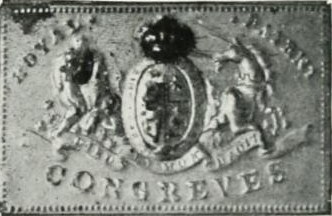
"Congreves," the first successful friction matches ever successfully sold.
This week we commemorate the 186th anniversary of the first-ever sale of friction matches.
As the story goes, a young Englishman named John Walker had become rather sickened by his surgeon apprenticeship and left the field in 1818 for a less gruesome job as a chemist: something he was apparently (and quite fortunately) good at!
By Walker’s time, a number of chemicals were known to create fire quickly, but none had yet figured out how to keep this quick flame alive and transfer it to a slower burning substance like wood or coal. Walker found himself dedicating many hours in his High Street shop in Stockton-on-Tees to the discovery of such a solution. Continue reading “Surgery & Sandpaper: The Match Turns 186”


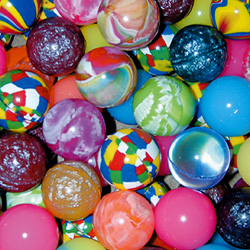 Norman Stingley was not attempting to produce a new fad when he began conducting experiments with highly resilient rubber. The new compound manufactured by Stingley became unbelievably bouncy when compressed under extreme pressure.
Norman Stingley was not attempting to produce a new fad when he began conducting experiments with highly resilient rubber. The new compound manufactured by Stingley became unbelievably bouncy when compressed under extreme pressure.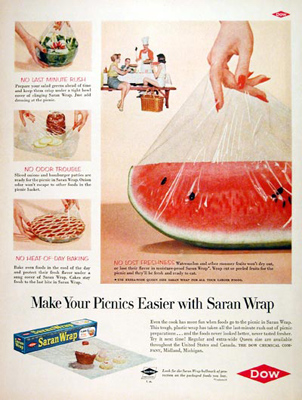 Saran wrap is another product which can be added to the list of accidental inventions. Ralph Wiley was not even working as a scientist when he discovered the substance that would become Saran wrap.
Saran wrap is another product which can be added to the list of accidental inventions. Ralph Wiley was not even working as a scientist when he discovered the substance that would become Saran wrap.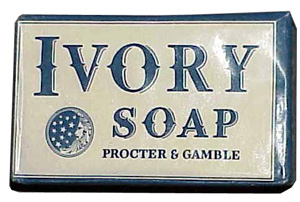 To better compete within the soap industry, Proctor & Gamble sought to create a high quality, affordable, duel bath bar and laundry product. In 1878, the first successful formula was created and produced under the name of White Soap.
To better compete within the soap industry, Proctor & Gamble sought to create a high quality, affordable, duel bath bar and laundry product. In 1878, the first successful formula was created and produced under the name of White Soap.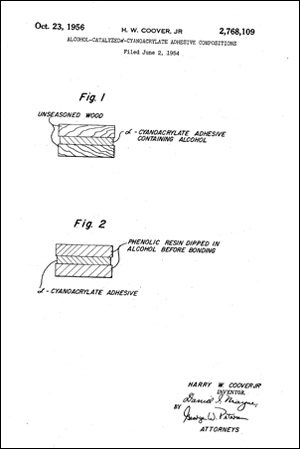 You can add Super Glue to your list of inventions that were discovered by accident. Dr. Harry Coover was not trying to invent a super-sticky substance when he came across Super Glue. In 1945, Dr. Coover was actually working on a way to create a clear plastic to use in precision gunsights for Eastman Kodak.
You can add Super Glue to your list of inventions that were discovered by accident. Dr. Harry Coover was not trying to invent a super-sticky substance when he came across Super Glue. In 1945, Dr. Coover was actually working on a way to create a clear plastic to use in precision gunsights for Eastman Kodak.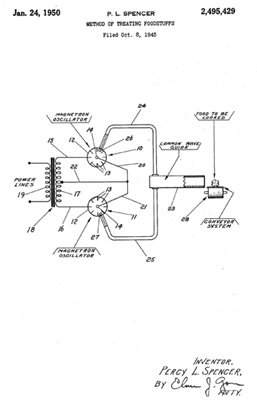 You can add the microwave oven to the list of products invented by accident. Dr. Percy Spencer was not trying to invent a faster way to cook when he discovered the principal behind the microwave oven. Instead, Spencer was working for the Raytheon Corporation testing a new type of vacuum tube known as a magnetron. One day, he discovered that a candy bar which he had in his pocket had melted while working with the magnetron. This led to many more experiments with the tube.
You can add the microwave oven to the list of products invented by accident. Dr. Percy Spencer was not trying to invent a faster way to cook when he discovered the principal behind the microwave oven. Instead, Spencer was working for the Raytheon Corporation testing a new type of vacuum tube known as a magnetron. One day, he discovered that a candy bar which he had in his pocket had melted while working with the magnetron. This led to many more experiments with the tube.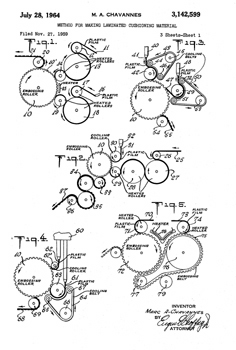 In 1957, Alfred W. Fielding and Marc Chavannes set out to make a new type of wallpaper. Instead, they changed the world of packaging. They were attempting to develop an easy to install and clean wallpaper with a paper backing. The partners sealed two shower curtains together creating a cluster of small bubbles between the two layers. For this invention, they received U.S. Patent No. 3,142,599 on July 28, 1964 for a Method for Making Laminated Cushioning Material.
In 1957, Alfred W. Fielding and Marc Chavannes set out to make a new type of wallpaper. Instead, they changed the world of packaging. They were attempting to develop an easy to install and clean wallpaper with a paper backing. The partners sealed two shower curtains together creating a cluster of small bubbles between the two layers. For this invention, they received U.S. Patent No. 3,142,599 on July 28, 1964 for a Method for Making Laminated Cushioning Material.